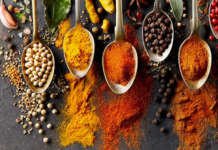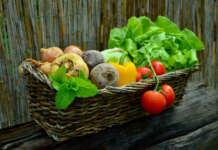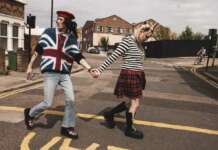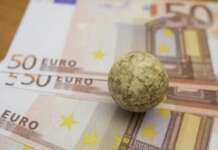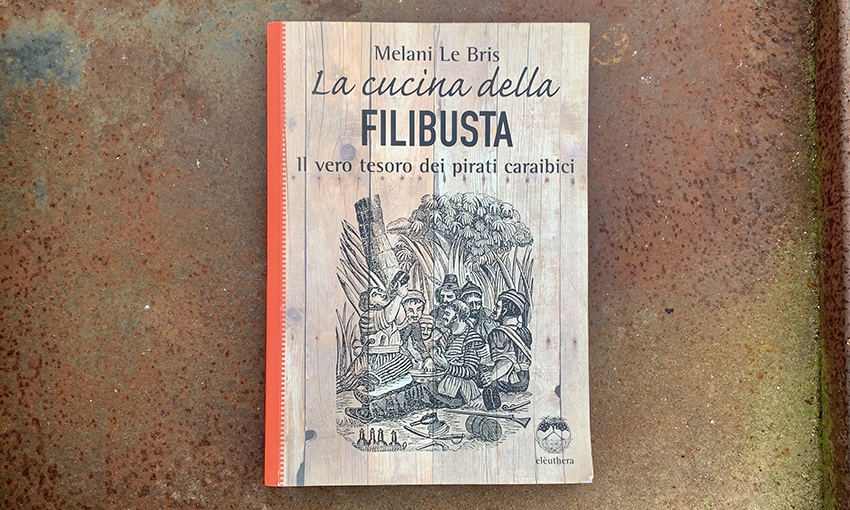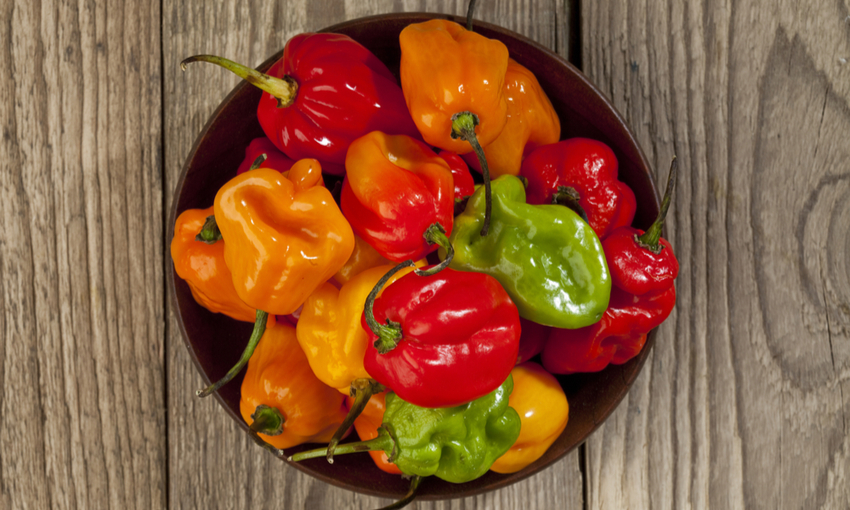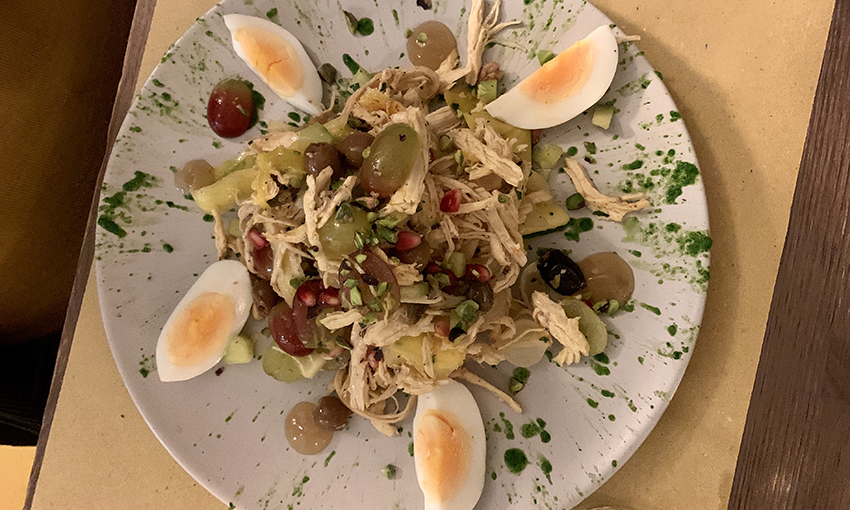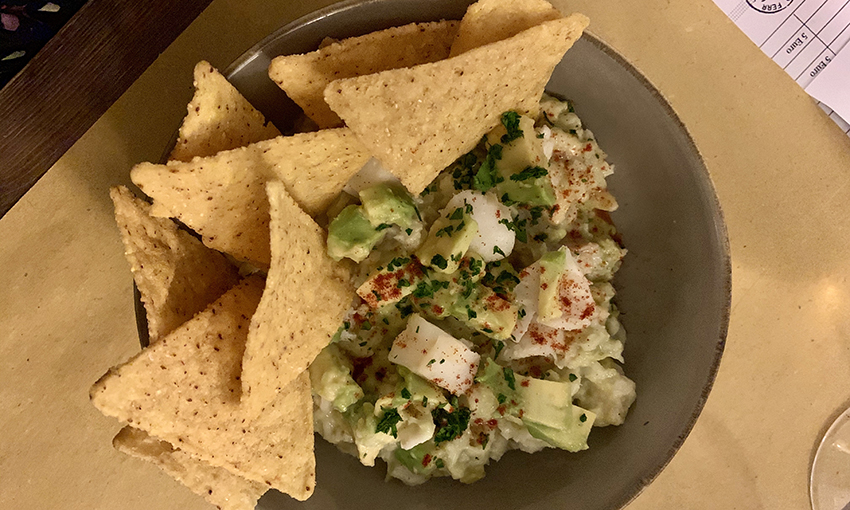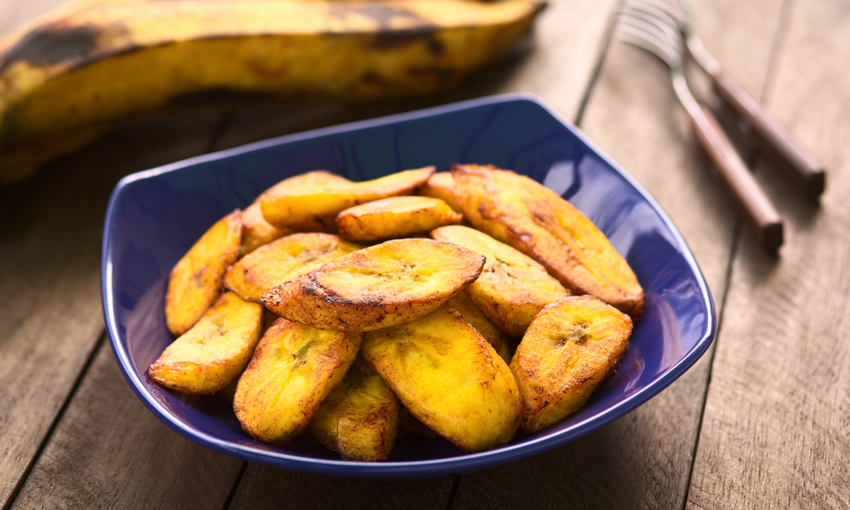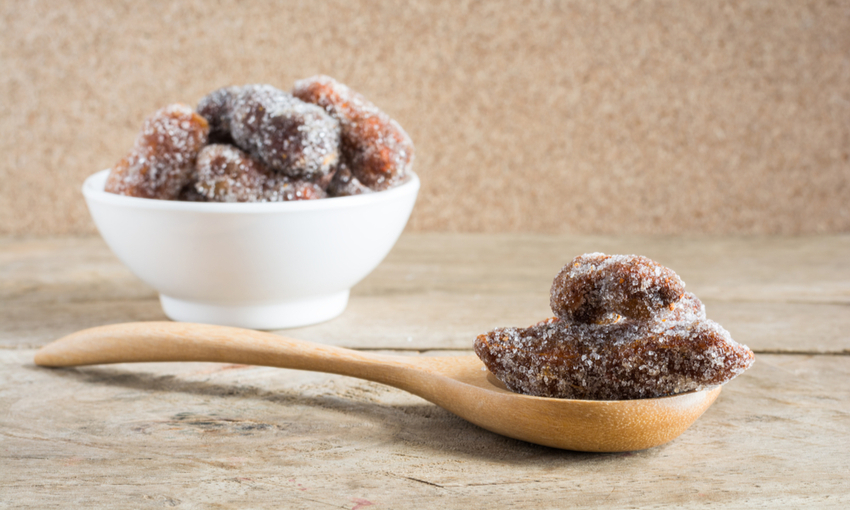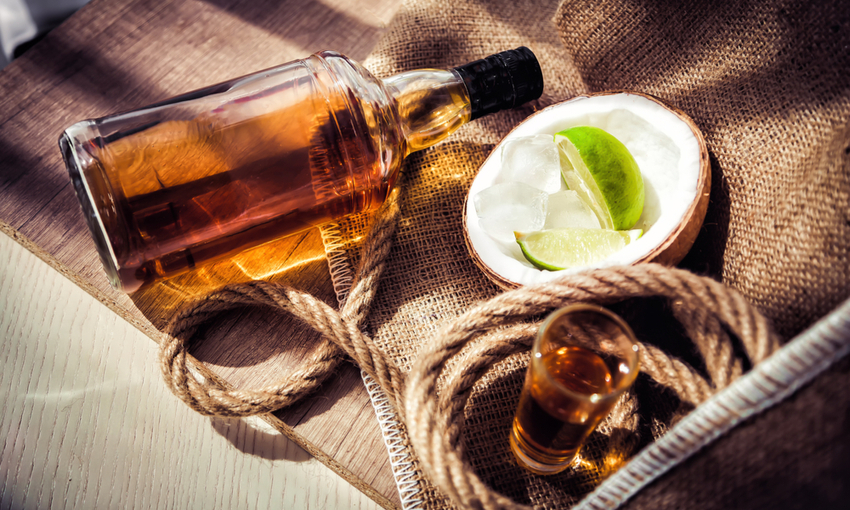Index
Have you ever wondered that what the pirates ate Caribbean on ships? If today we know it and we can talk about it, it is above all thanks to the French writer Melani LeBris. It was she, in fact, who wrote The Filibusta Cuisine, a very engaging text of immense anthropological value since it was written starting from the logbooks of pirates and freebooters. Published by the Eleuthera publishing house for the first time in 2003, then in two other editions in 2010 and 2020, this book continues to thrill and ignite with the same verve and with the same ardor. Today we reveal some aspects of this world, but not too many, because the hope is that you too will buy this text. So let's start this partial journey in other times and in other places, those of the filibusta kitchen, between stories and quotes from the book. But beware: only read on if you have strong stomachs.
From filibusta cuisine to Caribbean cuisine, a meeting between different influences
With "Filibusta" they indicate all those pirates and corsairs called freebooters which, between '500 and' 800, had received the "Travel letter", that is, the assignment by their respective French, English, and Dutch governments to attack and plunder the coasts, possessions and territories occupied by the Spaniards, especially those of the Caribbean. They are therefore people who by their nature and activity move, adapt, mix, discover; this is why real worlds developed on their ships, as can be clearly seen from the dishes they prepared. In fact, we may imagine pirates as rough, gruff and sulky characters, but in reality they were capable of great things in the kitchen, of complex and very elaborate dishes. In particular, the book we mentioned at the beginning shows how the birth of the Caribbean cuisine, in its beginnings, it was precisely the filibusta cuisine.
As Michel Le Bris, the author's father, writes in the introduction, why define this cuisine as “Caribbean”, when it could just as aptly be called free-kick? In fact it does not derive only from the indie populations present at the time of the conquest, but it is the product of a meeting between different influences, from the beginning-Caribbean and African to the French, English, Dutch and Spanish, whose only crucible, concludes Le Bris, was precisely the filibusta. In short, the power that the sea has to unite and put together! Furthermore, the "other" remains something relegated to the colonial period: today it no longer makes sense, the world is the result of hybridizations, the identities themselves are hybrid and everything is mixed. Cultures have now shown us that they are interconnected and have crossable borders: it is up to us to decide if we want to cross them.
"In conclusion, filibustiera was therefore the original Caribbean cuisine: fiery liqueurs, flat like molten lava, all the flavors of the world mixed, revealed in an iridescent glimmer hitherto unknown ”. And in such a fiery cuisine, the main ingredient that is always present could only be one: chilli, or rather chillies. Because you know, cooking reflects the soul and we are what we eat, right? So what did the pirates eat?
What did the pirates eat? Chilli, or rather chillies and countless sauces
In the filibusta kitchen there are an infinite amount of chili Peppers, then used for the preparation of various sauces (as well as pancakes with peas called "chilli delights"). Among the most common types are:
- theHabanero, king of the Caribbean islands;
- il cayenne pepper, originally from the Andes;
- il Trinidad Congo Pepper, shaped like a small pumpkin;
- il chili bird, so called because it is constantly pecked by birds;
- il banana chili, almost larger than a pepper;
- the known jalapeno, a great classic of Mexican cuisine.
And then so on yet many others, such as the billy goat, the scotch bonnet pepper or Madame Jacques. Remember that the smallest peppers are also the strongest ones!
With these the pirates prepared various condiments, such as, for example, the most famous buccaneers chili sauce with fat, salt, pepper and green lemon which “the well-known father Labat liked as an ideal accompaniment to grilled pork”. With crabs, on the other hand, it is preferable taumalin sauce from the Caribbean, made from bird chilli pepper with onion, shallot, chives, garlic, oil, parsley. Then there are other sauces with different ingredients, like the one with papaya (unripe) or the tomato, to reduce the spiciness; or the chien sauce with aromatic herbs. One of the freshest is theajilimojili, with lemon and garlic, sweet and spicy at the same time, unlike the Scotch Bonnet Pepper Sauce which is described in the book as an explosive mixture still awaiting potential victims! Not least the pepper rum, always with bird chillies combined with scotch or rum, of which just a drop is enough ... In short, we could go on and on talking about this spicy topic, but we prefer to stop here, in order to leave you some curiosity and continue with that with which these sauces were seasoned, that is meat and fish.
Meat: from monkey soup to barbecued lizards
“Here whoever says meat says first of all grilled meat". As the father Labat's pig, first marinated with lemon, pepper and chilli and then stuffed with rice, garlic, spices and onion; or that of maroons, wrapped in banana leaves and Jamaica pepper. But also stewed, as well as the meat of kid or beef, with brandy or spices. But to leave us open-mouthed are many other meats, which will make not only vegetarians turn up their noses: "the hungry freebooters were ready to eat almost anything, also because they often found themselves without even bread and therefore folded up on shoes, soles, gloves, oats ... "
So for example it happened several times to eat Penguins, even doing ingestion, And di alligators and crocodiles, highly prized along with their eggs and grilled lizards, described as a white meat similar to that of chicken. Or again, of monkeys cooked in soup, which after a first moment of disgust are very tasty (according to them), with a flavor reminiscent of that of hare. At best, however, they ate theagouti, a small rodent excellent curry stew, still present today in restaurants in Trinidad; or the manatee grilled, “even tastier than veal”. Not least the stew of green turtle of which Father Labat said "that he had never eaten anything so appetizing and tasty, very nutritious and easy to digest". Do you think that it has eaten so much that today (fortunately, I add) it is a protected species.
And it always happened to him that he also ate his own parrot: “The meat was very good, delicate and succulent. When these birds are very young they are spit-roasted, grilled, or in compote like lovebirds, as they are usually very fat ”. But in addition to these rarer species, the pirates ate any bird that "passed within range of a rifle", from wood pigeons to classic chicken, which was usually prepared on the grill, with green lemon, or in Jambalaya, similar to paella, which testifies to the omnipresent Spanish influence.
Or in the salmigondis, the pirate dish par excellence, one of the two I tasted at Rob DeMatt of Milan, when the chef Edward Todeschini cooked it on the occasion of the presentation of the new edition of this book. It is about a huge mixed salad with various vegetables including spinach, marinated cabbage, lettuce, watercress, then eggs, grapes, gherkins, anchovies, spices, mustard, vinegar, salt, oil, pepper, spring onions, lemon, parsley and of course chicken breast and thighs, which can also be replaced with pigeon, veal and / or pork. In short, stuff for "bad guys who are a bit rude, with a palate unwilling to refinement".
At the bottom of the sea: from the sought-after Newfoundland cod to… Flying fish!
That of fish it is an exciting chapter, not only in the book, but in filibusta cuisine in general. Omnipresent is the Newfoundland cod: the most beautiful were reserved for the French market, while the others were transported to the Caribbean by pirate ships, "where African slaves made delicious pancakes". In Martinique and Guadeloupe it is still prepared just like in the days of filibusta, that is in quibble, which means "in pieces". As tradition dictates, it comes first smoked on the coals until it turns slightly black; then it is desalted in cold water, preferably the day before, taking care to change the soaking water several times. There quibble cod also serves as a basis for the preparation of fierce, the other of the two dishes I tried at Rob De Matt: here "the sweet and sugary pulp of avocado goes wonderfully with the sour and salty flavors of cod, all ferociously seasoned with chilli and a veil of cassava" .
But in addition to cod, "as soon as the nets were thrown into the water, they were filled with creatures with bright colors and the most disparate shapes", including clams, cockles, groupers, lobsters, mangrove oysters, tazard, shrimps, sea urchins, sunfish, sole, garfish, polynemids, sea bream, tuna, trevally, cascadura, sea bream, swordfish, freshwater shrimp called ouassous, sea parrots or conches, always present to the markets of the Antilles. Other common specialties were the snapper prepared on the grill with chien sauce, i flying fish, that is blue fish to be tasted fried, i crabs to be done then stuffed. Or still it shark, usually fried and seasoned with various spicy sauces to tone down their strong flavor, and the hood fish.
The meeting with horticultural peoples: fruit, vegetables and roots
“The anonymous filibuster, even more than by the fishing techniques of the Indians, was impressed by the skills of the locals as horticulturists: Roots and fruits abound throughout the country, most of which were brought from Peru or Brazil. The fruits imported from the continent, in fact, such asavocado or sugar cane, they adapted so well that they soon proliferated in the wild ”. Primarily among these was the manioca, originally from south-western Brazil, a real cult object, the basis of their diet. It was first boiled to eliminate the toxicity present inside and then squeezed to extract the juice, also useful for the preservation of meat. Other vegetables that thrived beautifully were some roots such as Caribbean cabbage and okra, that is the okra. Or, tubers such as sweet potatoes, used in the cake as a dessert, or theyam (similar), of the consistency of beetroot, defined by Father Labat as “light, easy to digest and very nutritious”. In reality, however, for the inhabitants of the Antilles it is not too important to define and differentiate the various tubers because they love to mix them all together in a single whole which is called, in fact, "Mix everything" with European and local vegetables, such as carrots, turnips, pumpkin, dachine, Caribbean cabbage, green beans, and then lard, egg yolk, spices, garlic, coconut milk, and of course chilli; all present in variable quantities depending on availability.
Among the legumes, however, peas and beans at will in many varieties. With the latter, one of the symbolic dishes of pirate cuisine is prepared, namely the bean curry with a kilo of various types, combined with garlic, onion, ginger and various spices such as saffron, curry and pepper. Finally, among the fruits, that ofbread tree, which we had already told you about the rolls in its leaves, and the big one banana plantains, widely used in the preparation of various desserts, both cooked on the grill in its peel and in pancakes as a typical Antillean dessert.
“Crazy for desserts”: the importance of sugar cane and fruit
At the heart of the desserts there is undoubtedly sugar and then the sugar cane, which constitutes in the kitchen of filibusta an ingredient, not a simple sweetener (it is the base, among other things, from which rum is obtained). This is not the place to retrace the sad story concerning its cultivation and the dramatic conditions that for centuries had to undergo black slavery, but I am sure that almost everyone remembers the great epic that cost this production. In the book the hypothesis that sugar is at the origin of piracy, since "the farmers, abandoned by their respective motherland in the plantations, needed filibusta both to carry on their trade and to be protected, until sugar became the primary wealth of the islands and a strategic node for the States concerned" .
In addition to economic and political interests, this ingredient was also of great interest in the kitchen: "the pirates had all remained a bit of children, crazy for desserts, sweets, compotes, jams (usually of local apricots), demonstrating that there were more naive souls among them than we say ". Among the desserts there was, for example, the white-eat, a coconut milk dessert (waiting for that of almonds), which is not the juice contained in the walnut, but that obtained by macerating the grated pulp in boiling water. Then some cakes like the sugar cake with grapes, nutmeg, butter, sugar, cream and cinnamon, or the black cake of Trinidad, an adaptation of traditional English pudding. Or even i toulum, molasses sweets similar to Cuban frangollos and tamarind balls, balls with tamarind pulp passed in sugar.
If the reign of the cane is the work of men, the fruit it is a divine offering, all the more so in these islands where there was an overabundance of incredible variety. For this almost always present was just one local fruit salad, the one available, such as pineapple, mango, banana, avocado (in the West Indies it is often eaten as a dessert with sugar, orange blossom and rose water), melon, orange, watermelon, with a little lemon and rum. And when they discovered new fruits they didn't know, do you know how they managed to make sure they were good? They waited and observed that the birds ate them, because "if they eat them it is a sign that we can eat them too".
In any case, whatever the dessert was, obviously there was no lack of alcohol and digestives as an accompaniment.
Yo oh, let's drink it up! What the pirates drank
“The filibuster is one who drinks. Mugs, carafes, barrels tapped without delay: nothing seems to be able to put out the fire that devours it, the fire of battles, of the thundering cannons, of the burning cities, the fire of chillies that are never hot enough, the fire of a life burned in an instant ". Waiting for the first distilleries, wine was the king of all feasts. Not only that of grapes imported from France and Spain, but also those obtained from the fermentation of some available fruits, such as the following:
- il pineapple wine, which should be drunk immediately before it became too bitter;
- the wine of banana plantains, “To be consumed in moderation because it quickly gives to the head”;
- the wine of sorrel, a red hibiscus flower;
- theouycou, a fermented cassava wine, very popular, drunk almost daily, “but which after two or three days of fermentation looks like beer”;
- il maby, a sweet or red potato wine.
Later, starting from the end of the 600th century, with the creation of the first distillery in Barbados in 1663, began the production (and especially the continuous consumption) of rum. The term, in fact, appears for the first time in a document of the Jamaica council in 1651: “the success was so dazzling that in 1655 the Royal Navy added rum to the daily ration of sailors. And the Ti'Punch with lemon and sugar it soon becomes the most common way to drink it ”, together with Milk punch with vanilla and nutmeg or al Planter Punch with pure alcohol and mixed fruit juices. Additionally, consumption of orange or lemon punch increased dramatically when it was speculated that it could help prevent scurvy, a very widespread disease, which decimated the crews between 1600 and 1800. Its cause was considered, as well as the lack of hygiene, the lack of ascorbic acid, present instead in citrus fruits.
Another very popular drink was the cocktail of the buccaneer Morgan, with coconut milk, amber rum, white rum, pineapple and green lemon juice. Finally, no meal ended without the evil fire coffee, with orange and lemon peels, ginger, cloves, cinnamon, cognac and cointreau. But remember that "the fact that they burned their throats with alcoholic beverages did not prevent them from also looking for sweetness, starting with chocolate, for which they were ready to do any folly ".
That's enough, we've already told you enough about what pirates ate. We hope to have intrigued you, now you just have to buy (and devour yourself) this book!
Article Monkey soup, fruit and dessert - that's what pirates once ate seems to be the first of Food Journal.





